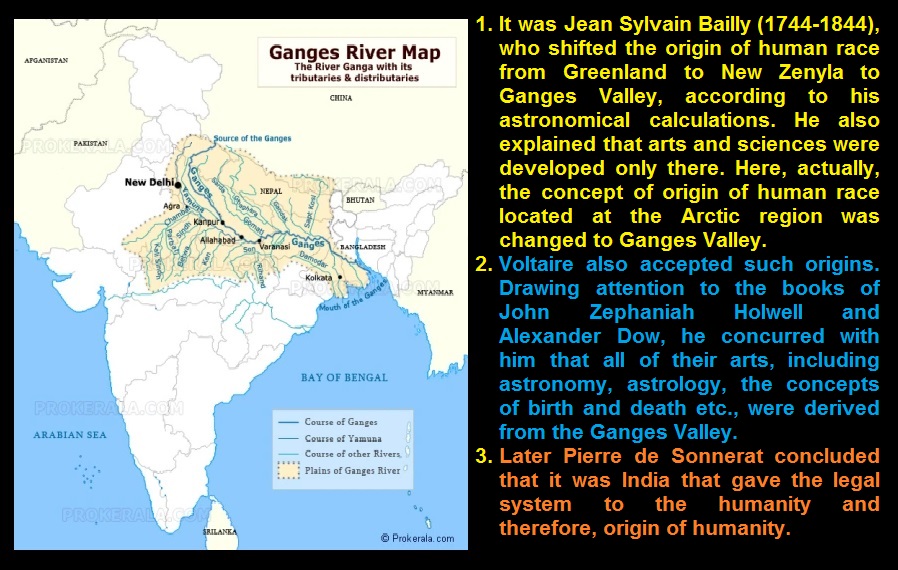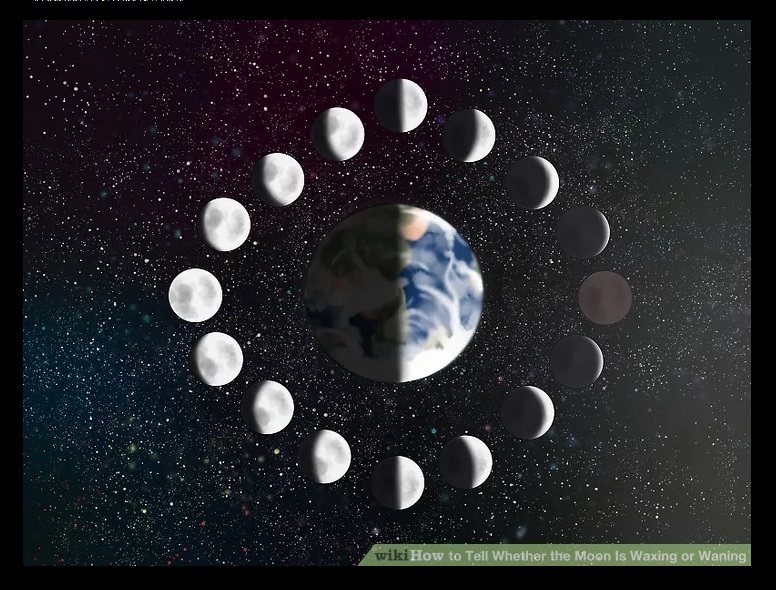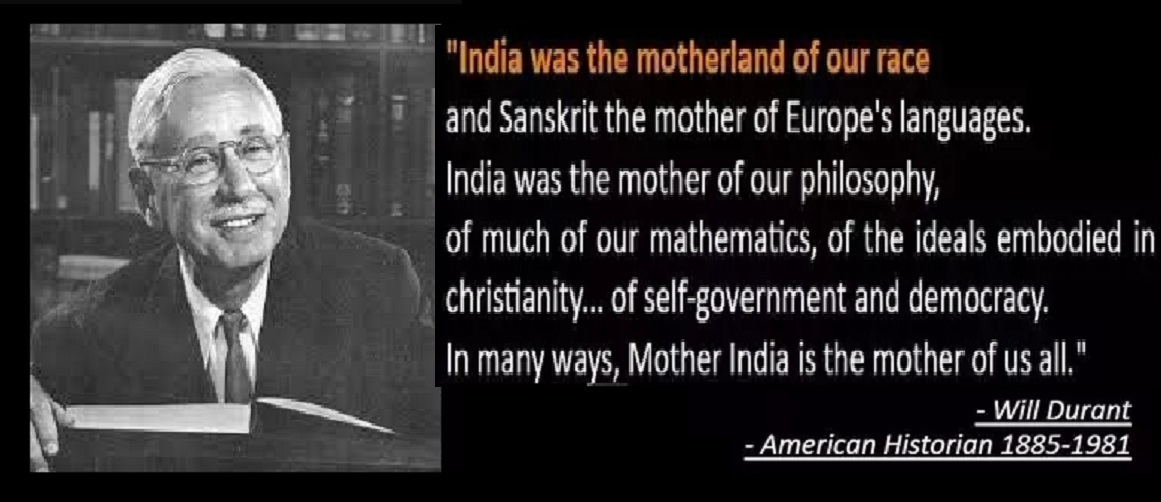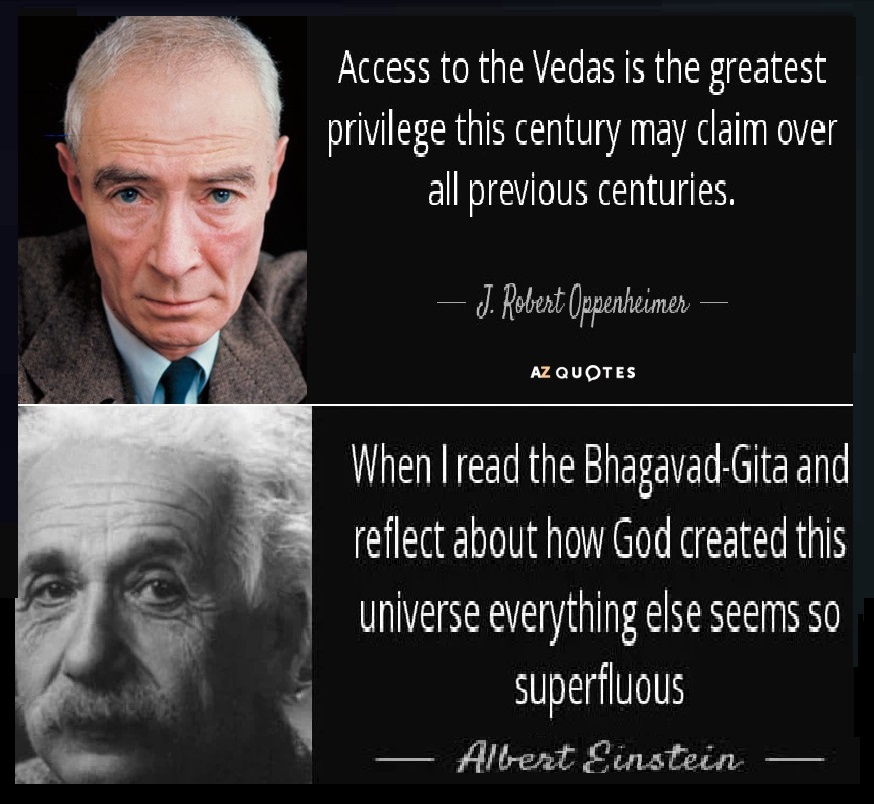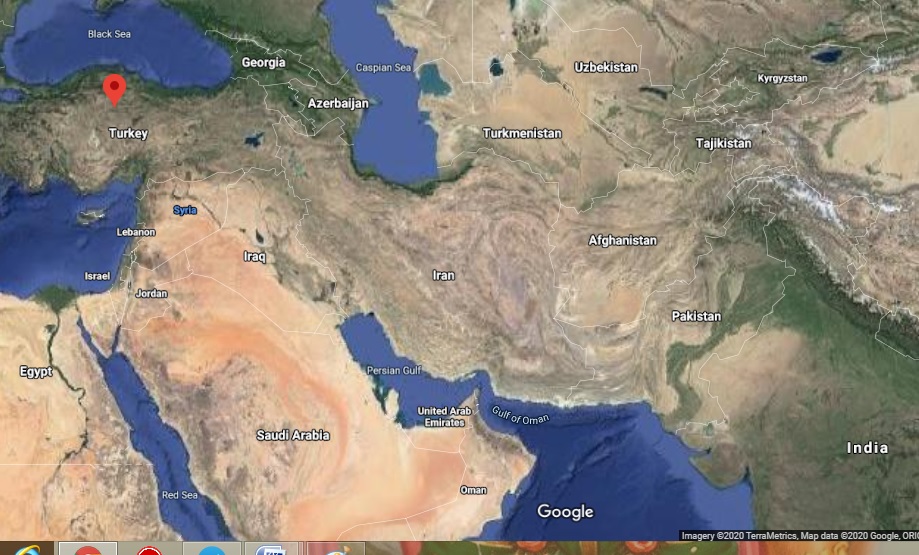50-foot snake fossil found in Gujarat mine – could be the longest one? After Ramapithecus, Bramapithecus – nothing was found? (2)

Why Vasuki?: Vasuki, named after the snake king associated with the Hindu deity Shiva, rivals in size another huge prehistoric snake called Titanoboa, whose fossils were discovered in a coal mine in northern Colombia, as announced in 2009. Titanoboa, estimated at 42 feet (13 meters) long and 1.1 metric tons, lived 58-60 million years ago. The reticulated python is the longest extant snake, sometimes measuring 20-30 feet (6-9 meters). “The estimated body length of Vasuki is comparable to that of Titanoboa, although the vertebrae of Titanoboa are slightly larger than those of Vasuki. However, at this point, we cannot say if Vasuki was more massive or slender compared to Titanoboa,” said palaeontologist and study co-author Sunil Bajpai, a professor at IITR. These huge snakes lived during the Cenozoic era, which began after the dinosaur age ended 66 million years ago. Incidentally, Vasuki hs been associated with the creation of the world, universe etc.

The largest-known Tyrannosaurus rex: Perhaps the largest-known Tyrannosaurus rex is a specimen named Sue at the Field Museum in Chicago, at 40-1/2 feet (12.3 meters) long, though a T. rex would have been more massive than these snakes. The biggest Vasuki vertebra was around 4-1/2 inches (11.1 cm) wide. Vasuki appears to have had a broad, cylindrical body perhaps around 17 inches (44 cm) wide. The skull was not found. “Vasuki was a majestic animal,” Datta said. “It may well have been a gentle giant, resting its head on a high porch formed by coiling its massive body for most parts of the day or moving sluggishly through the swamp like an endless train. In some ways, it reminds me of (fictional giant snake) Kaa from ‘The Jungle Book.’” The researchers are not sure what prey Vasuki ate, but considering its size it could have included crocodilians. Other fossils in the area included crocodilians and turtles, as well as fish and two primitive whales, Kutchicetus and Andrewsiphius.

Vasuki – member of the Madtsoiidae snake family that appeared roughly 90 million years ago but disappered about 12,000 years ago: Vasuki was a member of the Madtsoiidae snake family that appeared roughly 90 million years ago but went extinct about 12,000 years ago. These snakes spread from India through southern Eurasia and into north Africa after the Indian subcontinent collided with Eurasia around 50 million years ago, Bajpai said. This was a dominant snake family during the dinosaur age’s latter stages and into the early Cenozoic before its diversity dropped, Bajpai added. “Snakes are amazing creatures that often leave us stunned because of their size, agility and deadliness,” Datta said. “People are scared of them as some snakes are venomous and have a fatal bite. But snakes perhaps attack people out of fear rather than with an intent to attack. I believe snakes, like most animals, are peaceful creatures, and an important component of our ecosystem.”

The fossil background of the Tortoise, Siwalik range etc: Col. Wilford, F. E. Pargiter, D. C. Sircar, S. M. Ali[1], Maya Prasad Tripathi[2], and others have dealt with the geography, geology and cosmology as described in the Itihasas and the Puranas. They have shown that the authors of the Puranas have been updating and incorporating the geographical and geographical knowledge in the Puranas, in their own way. D. C. Sircar[3] has used inscriptions also to locate ancient cities and places. D. N. Wadia has shown the geological approach to studying India and recorded the presence of fossils of men, fauna and flora also. Hugh Falconer[4] (1808-1865) discovered a fossil of a huge tortoise in the Himalayan range and he explained its significance with the “Hindu mythology”. The Siwalik Fossil Fauna contained monkeys, camels, and giraffes, mixed with Anoplotherium, Sivatherium and other mammiferous remais[5]. Though his findings, interpretations and drawings were discussed, they are not known in India[6]. In fact, the material evidences and his papers have also been not accessible to Indian researchers. The particular genus Megalochelys, known as Colossochelys fossil of a tortoise, has spread to the coasts of the Bay of Bengal down to SEA countries till Timor islands. Thus, it explains the maritime contacts of these countries since early times. Pratik Chakrabarti and Joydeep Sen have pointed out the work done by Falconer and the significance of Kurma in Indian context[7].

Dinosaurs in India: In 1980s, again much has been talked about “dinosaurs in India”, as India had its own dinosaurs, which roamed about 6.5 crores years ago. A joint Indo-American team of palaeontologists and geologists, which found the fossil, has given it a Sanskrit-Latin zoological name “Rajasaurs Narmadensius”[8] . However, it may be noted that D. N. Wadia has already recorded the find of the vertebrate fossils including Dinosaursrian reptiles on the beds of Narmada[9]. ‘The discovery of remains (in early 90s) of Cretaceous dinosaurs from Jabalpur and Dispura, Chanda District has greatly increased our knowledge of the fossil dinosaurs of India”, he noted. Ashok Sahni has given details as to how these species roamed through India[10]. Prof. Von Huene (1833) stated that Madhyapradesh fossil dinosaurs are closely allied to those occurring in the Cretaceous of Madagascar and also with those found in Patagonia and Brazil. This suggest land-bridge in the existing Indian and Atlantic oceans or the persistence of large remnants of the Gondwana continent. In Valmiki Ramayana, Sundara Kandam, specifically, Jurassic period birds and animals have been mentioned[11]. Even, if such descriptions are interpolated, it is significant that that poet noted some 1000 or 2000 YBP, long before the current scientific researches of the 20th and 21st centuries. Two hypotheses and theories suggest that Indian plateau moved towards north, collided with the land mass, thus, raising the Himalayas and production of rivers. According to the other theory / hypothesis, the whole Indian plateau moved towards north, hitting the northern mass and raising the Himalayas.

1935 Yale-Cambridge India Expedition: As usual, not only history, but also archaeology and even paleontology, geology, anthropology and other related subjects too, have to be known from the reports of the European experts. Now, their reports are available only in few pages with some photographs. After about 100 years of their research, Indians did not appear to pursue and continue such research. The Siwalik Hills are known for their remains of fossil primates, which made them known worldwide as one of the most important evolutionary centers of the sub–Human primates. The Siwalik ranges are the southernmost hills of the Himalayan foothills of the mighty Himalayas. They mostly maintain a regular course from the river Yamuna to river Ravi on the south of the western Himalaya. Helmut de Terra conducted a number of scientific expeditions into Asia and the Americas. He was the first to produce a glaciological map of the Eastern Himalayas and to advance the theory that humans were established in Asia almost as early as in Africa. He conducted three scientific missions to Asia, discovering stone-age cultures and collecting fossil remains of man’s remotest ancestors as well as making significant contributions to our knowledge of man’s geologic antiquity.

After Ramapithecus Bramapithecus – nothing was found?: Helmut de Terra was a close friend and colleague of Pierre Teilhard de Chardin. Teilhard joined de Terra’s 1935 Yale-Cambridge India Expedition, and together they carried out research in Burma in 1938. Even De Terra himself used this study as a standard reference for elaborating his observations regarding the lithic culture complex in the valleys of the Narmada and the Kortalayar (South India) during the course of the same expedition. Sivapithecus (lit. ’Shiva’s Ape’) (syn: Ramapithecus) is a genus of extinct apes. Fossil remains of animals now assigned to this genus, dated from 12.2 million years old in the Miocene, have been found since the 19th century in the Siwalik Hills of the Indian subcontinent as well as in Kutch. Any one of the species in this genus may have been the ancestor to the modern orangutans. Some early discoveries were given the separate names Ramapithecus (Rama’s Ape) and Bramapithecus (Brahma’s Ape), and were thought to be possible ancestors of humans.
© K. V. Ramakrishna Rao
20-04-2024

[1] S. M.Ali, Geography of Puranas, New Delhi, 1966.
[2] Maya Prasad Tripathi, Development of Geographic Knowledge in Ancient India, Varanasi, 1969.
[3] D. N. Wadia, Geology of India, MacMillan, London, 1944.
[4] Probey T. Cautley (ed.), Fauna Antiqua Sivalesis being the Fossil Zoology of the Sewalik Hills in the North of India, Smith, Elder and Co, London, 1846.
[5] Article V, Abstract of a Discourse by Falconer on the Fossil Fauna of the Sewalik Hills, in Journal of the Royal Asiatic Society of Great Britain and Ireland, John Paker, London, 1866, Volume 8, pp.107-113.
[6] Charles Murchison (ed.), Palaeontological memoirs and notes of H. Falconer, with a biographical sketch of the author, Robert Hardicke, London, 1868, Vol.I.
[7] Chakrabarti, Pratik, and Joydeep Sen. “‘The World Rests on the Back of a Tortoise’: Science and mythology in Indian history.” Modern Asian Studies 50.3 (2016): pp. 808-840.
[8] Ashok Sahni, Dinosaur in India Dead but alive, http://www.ias.ac.in/meetings/myrmeet/14mym_talks/asahni/ashoksahni.html
[9] D. N. Wadia, Geology of India, McGraw Hill Publishing Co., New Delhi, 1981, pp.272-273.
[10] Ahsok Sahni, Indian Dinosaurs Revisited, in Current Science, Vol.85, No.7, October 10, 2003, pp.904-910, Also available at http://www.iisc.ernet.in/~currsci/oct102003/904.pdf
[11] K. V. Ramakrishna Rao, A Jurassic Park in Valmiki Ramayana!, Proceedings of the 20th International Ramayana Conference, Tirupathi, Vol.II, 2006, pp.
Filed under: 12000 years of Indian culture, 50 foot, ape, brahmapithecus, fossil, fossilized, kutuch, miocene, neolithic, New Chronology, niocene, paleobotanical research, paleolithic, paleontology, prehistoric sites, reptile, research, researcher, Siva, sivapithecus, siwalik, skeletal remain, skeletal remains, skeleton, tortoise, vasuki indicus, vertebrate, vishnupithecus, yuga | Tagged: bone, bone collection, brahmapithecus, dinosaurs, fossil, fossil park, fossilized, fossilized egg, fossils, micro fossil, micro-fossil, miocene, mythology, palealogy, paleaolithic, paleobotanical research, paleolithic, paleontology, ramapithecus, science, sivapithecus, siwaliks, skull, theropods, yale-cambridge expedition | Leave a comment »


